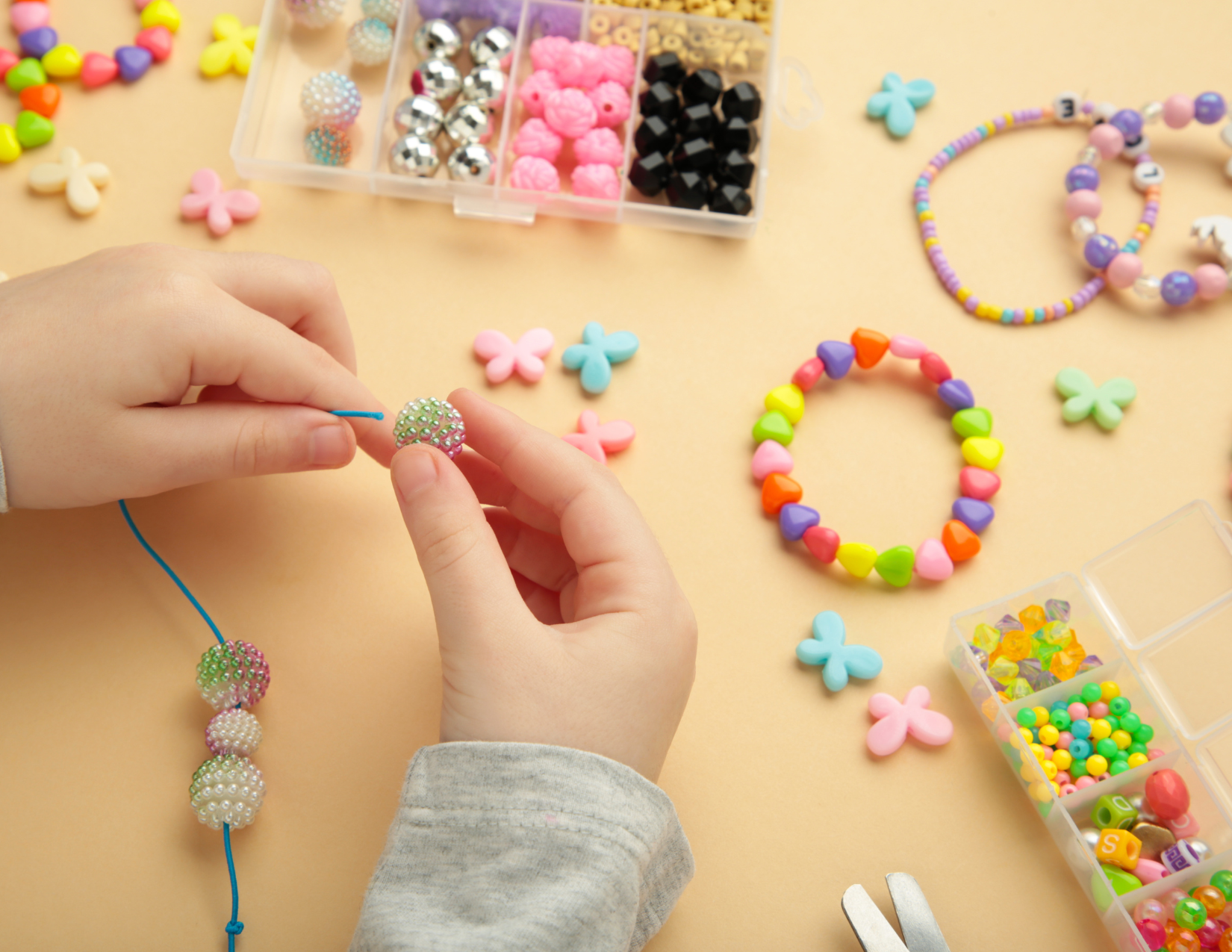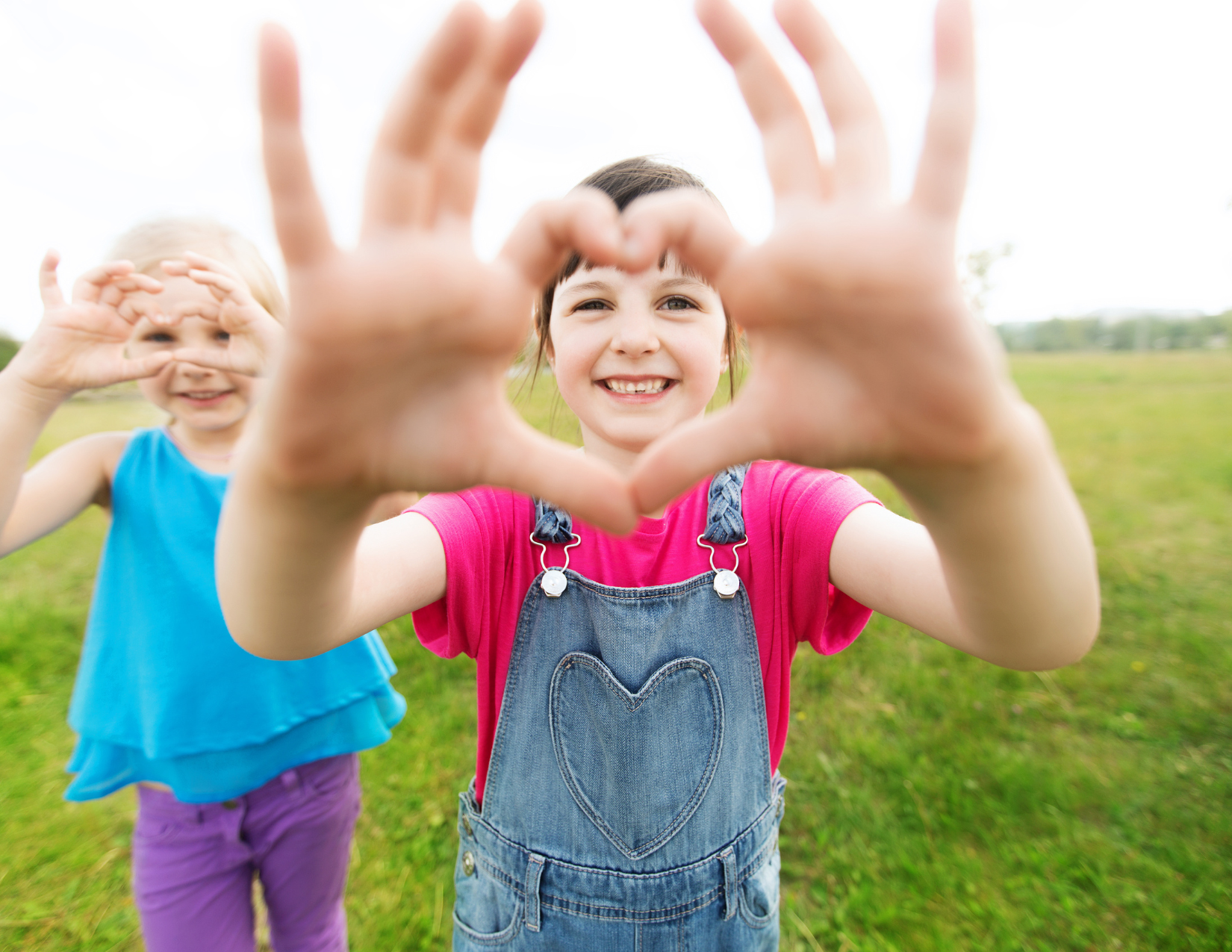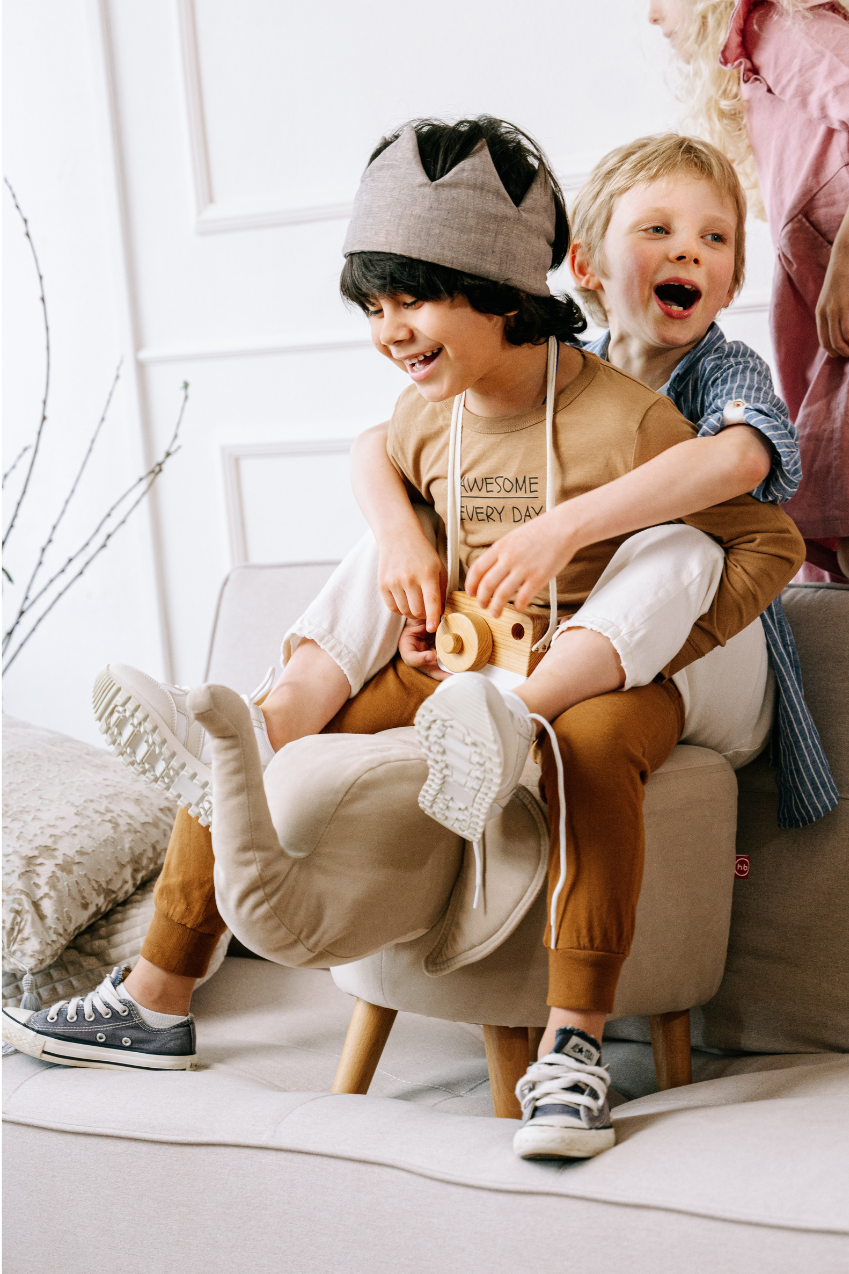
Friendship Day offers a sweet and meaningful opportunity to help young children understand what it means to be a kind and caring friend. As early as toddlerhood, it’s a chance to learn about empathy, sharing, and the joy of being connected to others— all in a way that’s playful, hands-on, and developmentally appropriate!
This guide includes age-friendly Friendship Day activities for kids that can be enjoyed at home, in classrooms, or with neighborhood playgroups. These ideas aren’t structured lessons, they’re about nurturing real-world relationships through simple, joyful moments.

Friendship Day, celebrated on the first Sunday in August, is all about honoring the people who make us feel seen, supported, and loved. For children, it can be as simple as saying “thank you” to a buddy who shares toys or giving a hug to someone who helped clean up.
Children in the early years are just beginning to form social bonds outside the family. They’re learning how to communicate their needs, handle big feelings, and navigate cooperation. Practicing friendship-building through activities reinforces key emotional and social skills—like listening, kindness, and problem-solving.

Even toddlers can get involved in making simple friendship crafts. Stringing chunky beads, painting handprint hearts, or gluing paper shapes onto cards all support fine motor development while encouraging creativity and thoughtfulness.
Hide objects around the house or yard with clues like “Find something you can share,” or “Look for something that makes your friend smile.” For preschoolers, keep it simple with picture clues and large, easy-to-spot items.
Read books with friendship themes, then act out scenes using stuffed animals or puppets. Invite kids to add their own endings or imagine new adventures where the characters help each other.
Cut out paper leaves and help your child write (or dictate) something nice about a friend or sibling on each one. Hang them on a tree branch or wall to create a growing reminder of kind words and shared moments.
Games like “Follow the Leader,” “Parachute Play,” or a simple game of passing a ball around a circle help children learn to take turns, cooperate, and pay attention to others’ needs.
Write down kind acts your child notices throughout the day—like “Lila let me go first” or “Max helped clean up.” Collect them in a jar or string them into a paper chain that can grow all month long.

Play a game of “Pass the Smile,” where each child turns to the person next to them and gives a big smile. Or try a name game with compliments: “This is Mia, and she’s a great friend because…”
Use age-appropriate bingo cards with simple actions like “gave a hug,” “shared a toy,” or “said thank you.” For early learners, include visuals to help non-readers participate fully.
Act out basic social situations, such as asking to join a game, saying sorry, or helping a friend who's upset. Keep the scenarios short and playful to match the attention span of younger kids.
Create a collaborative poster where each child draws a picture of their friend or something kind they’ve done for someone else. Display it as a visual celebration of community and connection.
Use simplified diagrams to help kids compare how they’re similar and different from a friend (e.g., both like animals, but one prefers cats and the other dogs). Simple drawing prompts or “circle your answer” activities work well for pre-readers.
Print or draw out a simple template with lines like “You are my friend because…” or “Thank you for…” Young children can draw pictures to go with their words, or dictate their messages to an adult.
Create a short story template that allows kids to insert names and favorite activities. For example: “My friend and I like to ___ together. One time, we ___ and it was so much fun!” This helps children reflect on shared experiences.

Set out a blanket and enjoy snack time with a friend. Encourage kids to take turns pouring pretend tea or passing treats to each other. Even a teddy bear picnic counts if a friend isn’t available that day!
Try simple partner challenges like walking while holding hands, carrying a ball between two heads, or dancing together with a scarf. Keep the focus on fun and cooperation rather than winning.
Head outside and pair up for simple tasks: “Find a leaf together,” “Take turns leading the way,” or “Find something that makes both of you smile.” These calm, sensory-rich activities create space for connection.

Provide art supplies and invite your child to make a colorful card for a friend. Help them write a simple message, or let their drawing speak for itself.
With adult help, young children can bake cookies or decorate cupcakes to share with friends, neighbors, or siblings. Practicing generosity and the joy of giving is just as important as receiving.
Use your phone to record a sweet message from your child to their friend. Prompts like “You’re my friend because…” or “I love it when we…” keep things light and heartfelt.
Even very young children can participate in a mini talent show—singing a song, telling a joke, or showing a silly dance. Applauding each other builds confidence and unity.
Set up a corner with fun props, signs, or stuffed animals. Encourage kids to take photos with their friends or siblings, then print them out as little memory-makers.
Have everyone wear matching colors or dress as their favorite animal or character. Add group games and snacks for a full Friendship Day celebration that’s festive without being overwhelming.

Use real-life examples to talk about emotions. “How do you think Sam felt when you shared your toy?” helps kids connect actions with emotional outcomes.
Offer toys and games that require teamwork—building blocks, pretend kitchens, or large puzzles. Watch how children interact and gently guide them through challenges.
When you notice your child doing something kind—however small—pause to praise it. “I saw you helping your friend—what a thoughtful thing to do!”
Handmade bracelets, cards, paper chains, and drawings are perfect for young children to create and give to friends.
Yes. Many free resources online include coloring pages, gratitude prompts, and story templates designed specifically for preschool and early elementary ages.
Picnics, partner nature walks, relay games, and scavenger hunts all promote friendship and fun in an open-air setting.
Through group murals, circle time games, simple performances, and hands-on crafts that encourage sharing, appreciation, and inclusion.
Final Thought:
At Stareworthy, we believe that childhood is a collection of little moments worth celebrating. Friendship Day is one of those meaningful milestones—an opportunity to help children ages 2–7 build the kind of friendships that light up their world. With open hearts, simple activities, and plenty of laughter, we can give them the tools they need to grow into kind, connected humans.
